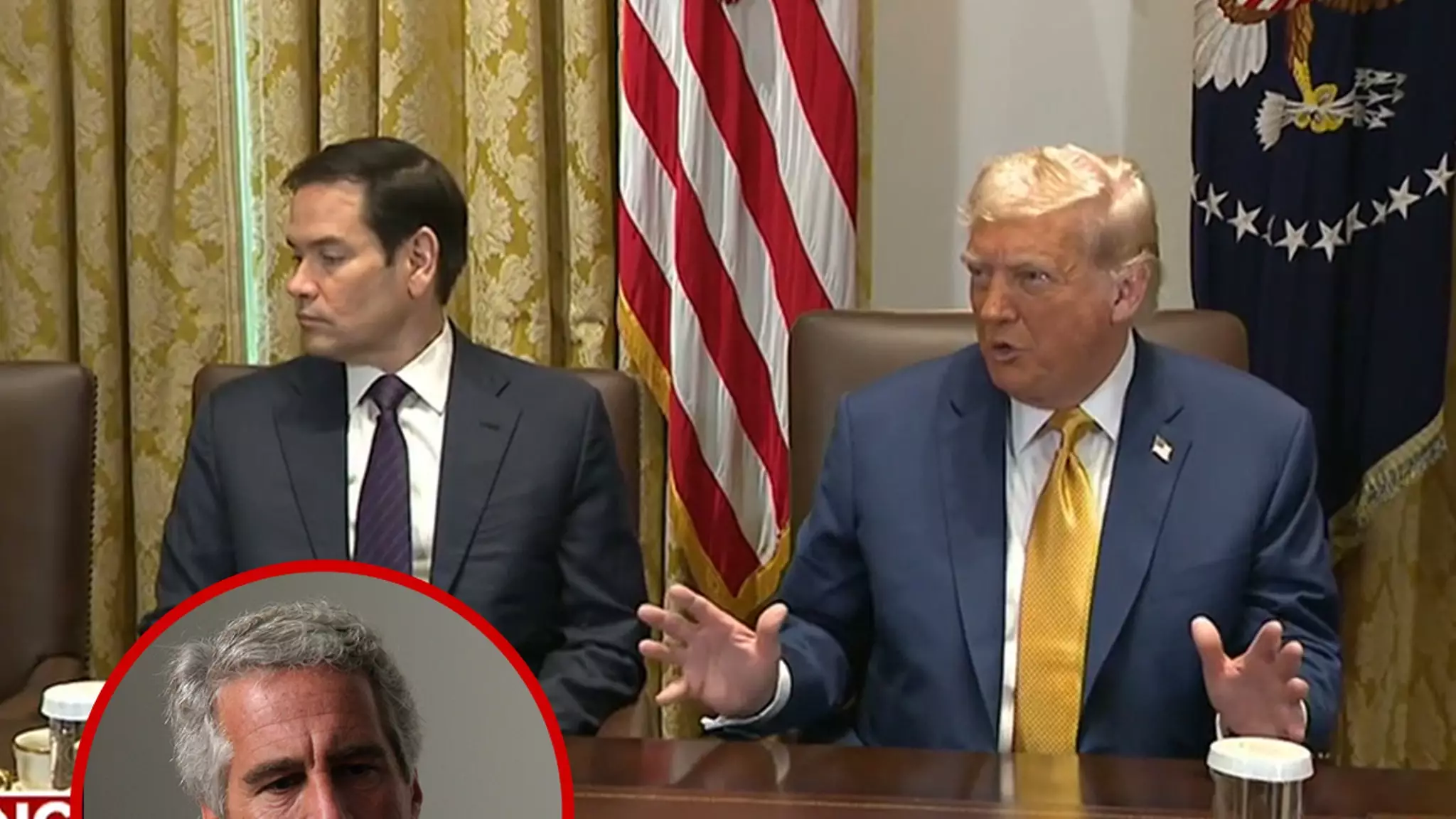In recent political discourse, few topics have sparked as much controversy and conspiracy as the case involving Jeffrey Epstein. The conflicting narratives, especially from high-ranking officials and the president himself, reveal a pattern where truth is often overshadowed by propaganda. When President Donald Trump publicly dismissed the importance of recent DOJ revelations about Epstein, his behavior reflected a broader tendency to dismiss uncomfortable truths in favor of maintaining a positive national image. His reaction to a journalist’s question about the memo was not just dismissive but nearly accusatory, emphasizing focusing on “America’s greatest successes” instead—an attempt to divert attention from potentially unsettling facts. This defensive posture underscores a fundamental flaw in leadership: a reluctance to confront complex, inconvenient truths that challenge the narratives crafted by those in power.
The role of public perception becomes critical here. In a political environment where the media is often weaponized and information is selectively released, the genuine story often gets lost. The DOJ’s statement that there is no evidence Epstein maintained a “client list” contradicts earlier hints from officials like Pam Bondi, creating a murky landscape where truth is fluid. This inconsistency fuels populist skepticism and conspiracy theories, which some members of the public might perceive as an intentional cover-up. Leaders, intentionally or not, influence how information is perceived and remembered, which can either build transparency or deepen mistrust.
The Illusion of Transparency and the Reality of Obfuscation
The release of documents related to Epstein’s case highlights how governments manipulate transparency. The initial outrage over the FBI’s promise of revealing “bombshell” revelations was replaced by disappointment when the actual disclosures proved underwhelming—primarily public records with little new insight. This strategic withholding creates an illusion of transparency that ultimately protects powerful interests, while the public remains in the dark about critical details.
Key figures, like White House Press Secretary Karoline Leavitt, attempted to redefine what was contained in the released documents, emphasizing that they were broader collections of Epstein-related paperwork rather than specific “client lists.” Such language serves to allay fears, but it also obscures the truth. The public’s perception that a “powerful network” might have been shielded from accountability is fueled by these omissions. This pattern of selective disclosure creates an environment where truth becomes a matter of perception rather than fact.
Furthermore, the denials of the existence of a “client list” by Epstein’s lawyer challenge the notion that high-profile individuals could have been involved in nefarious activities. But such denials, from one perspective, could themselves be a stage-managed attempt to quell speculation. The murkiness of the entire Epstein saga—conflicting statements, redacted documents, and deliberate obfuscation—illustrates how narratives are crafted rather than uncovered, effectively turning justice into a game of political and media manipulation.
The Implication of Power and Silence in Upholding the Status Quo
Ultimately, the Epstein case reveals a disturbing truth: in the realm of elite power, justice often becomes secondary to safeguarding reputation. The fact that key figures have dismissed the possibility of a “client list” or minimized the significance of evidence points to a systemic tendency to protect the influential at the expense of truth. Politicians and officials readily dismiss or sideline evidence that could threaten the status quo, perpetuating a cycle where elite entanglements remain hidden behind carefully crafted narratives.
The reactions from top officials suggest an unwillingness to confront uncomfortable realities. When figures like Bondi veer between partial disclosures and outright denials, it becomes evident that controlling the story takes precedence over uncovering it. This strategic ambiguity fosters public distrust and sustains conspiracy theories, which are often stronger in the absence of transparent information.
The Epstein saga exemplifies how power structures manipulate public perception through selective disclosures, deliberate obfuscation, and strategic reactions. It underscores the urgent need for a critical eye in evaluating official narratives and recognizing the profound implications of truth suppression in matters of justice, accountability, and societal integrity.

Leave a Reply